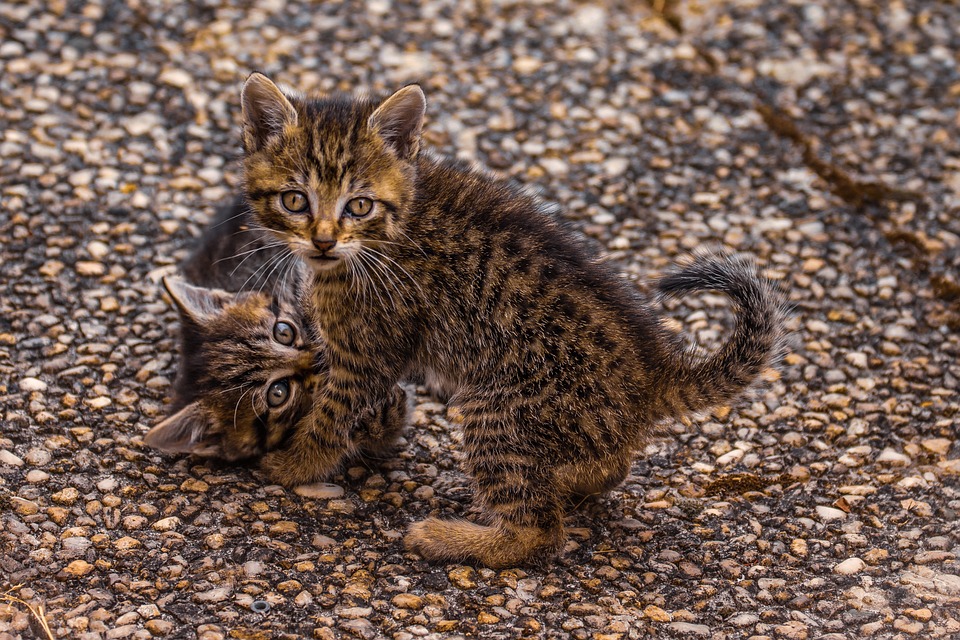The Cookiecutter shark, also known as Isistius brasiliensis, has earned its nickname due to its unique and somewhat terrifying habit. Scientists have recently discovered that these small, green-eyed sharks have a penchant for terrorizing animals in the ocean, including creatures much larger than themselves. Despite their relatively small size, Cookiecutter sharks have been observed attacking and feeding on animals such as great white sharks, orcas, and even chunks of human flesh.
One of the most distinctive features of the Cookiecutter shark is its circular bite marks that it leaves on its prey. After biting into its victim, the shark removes a plug of flesh, leaving behind a perfectly round scar that resembles a cookie cutter in action. These scars can be found on a variety of marine animals, indicating the widespread and indiscriminate feeding habits of the Cookiecutter shark.
Researchers have noted that Cookiecutter sharks play a crucial role in marine ecosystems by targeting animals at the bottom of the food chain. Despite their small size, these sharks have a voracious appetite and will feed on a wide range of prey, from tiny crustaceans to large predatory fish. This feeding behavior helps to regulate the population of various marine species and maintain the balance of the ocean ecosystem.
In a recent study, scientists used advanced techniques such as environmental DNA (eDNA) analysis to study the feeding habits of Cookiecutter sharks. By examining the chemical composition of the sharks‘ tissues and analyzing the DNA present in their stomachs, researchers were able to gain insights into the diet of these elusive predators. The results revealed that Cookiecutter sharks primarily target smaller prey at lower depths, but will also feed on larger animals when the opportunity arises.
Despite their fearsome reputation, Cookiecutter sharks are not commonly encountered by humans due to their preference for deep, tropical waters. These sharks are most active at night when they venture closer to the surface in search of larger prey. While their feeding habits may seem alarming, Cookiecutter sharks are an essential part of the marine ecosystem and contribute to the overall health of the ocean.
In conclusion, the Cookiecutter shark’s unexpected behavior and feeding habits have captured the attention of scientists and marine enthusiasts alike. By studying these fascinating creatures, researchers hope to gain a better understanding of their role in the ocean ecosystem and the impact of their feeding habits on other marine species. Despite their small size, Cookiecutter sharks are a force to be reckoned with in the vast and mysterious world of the ocean.





